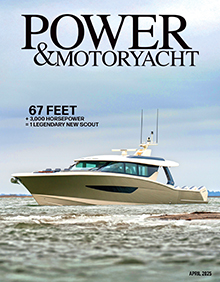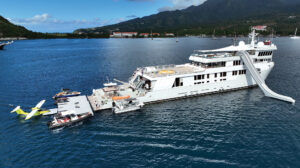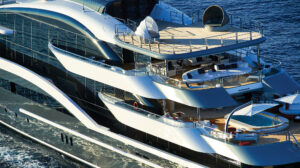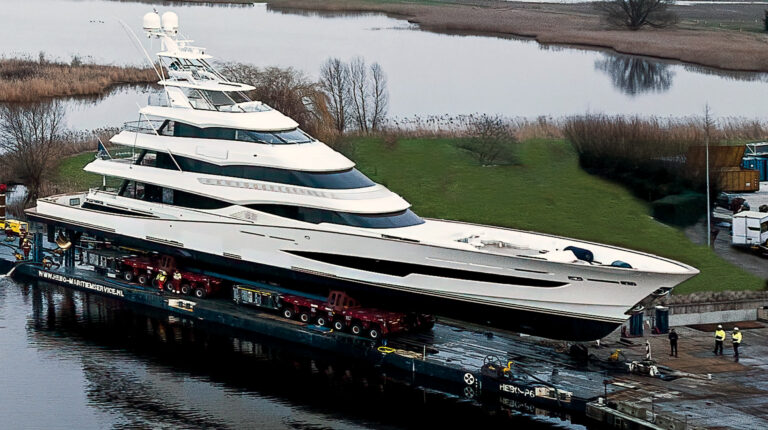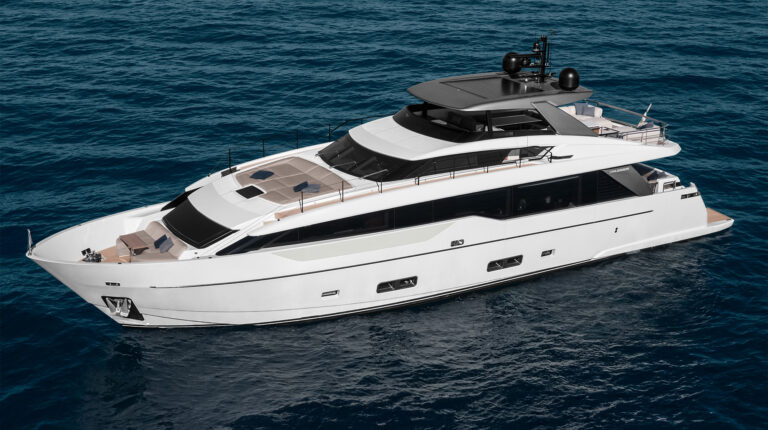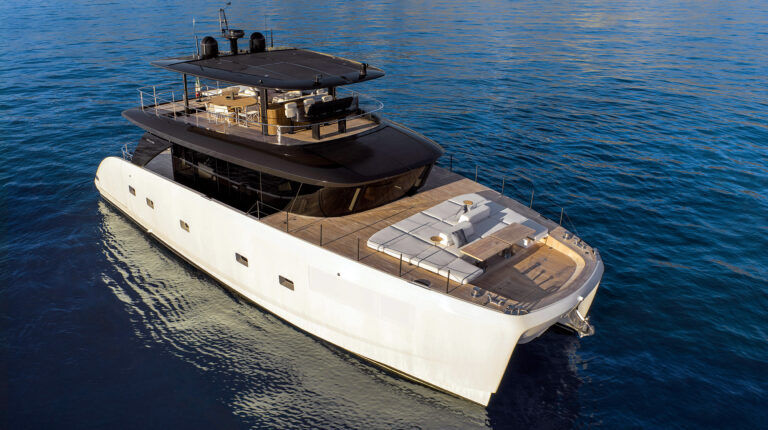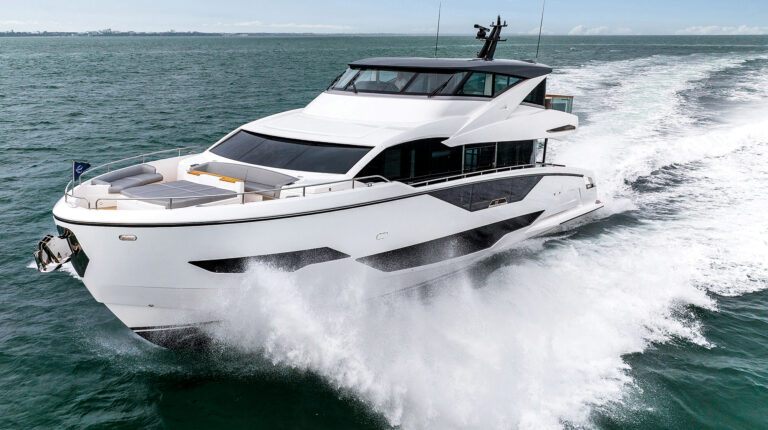Now Hiring
How To Staff A Yacht The Right Way.

Illustration by Steve Adams
When an owner decides to build a yacht, he seeks out a shipyard suited to realize his dreams. The builder shapes the hull, installs the engines, and wires in the latest technology. Though her launch gets all the attention, it isn’t the yard that gives a yacht her personality; a yacht comes alive due to her crew. From the captain to deckhands, the crew provides the yacht with her personality and shapes time onboard.
Yacht-management companies such as Northrop & Johnson and Luxury Yacht Group have divisions dedicated to making sure owners find the perfect crew and crew find their ideal boat. When it’s a good fit, the relationship can last for years, but when it’s not, well, it’s hard to escape an uncomfortable situation at sea.
“The first step is for an owner to decide why he’s buying the yacht in the first place,” explains Duncan Bray, crew services manager at Northrop & Johnson. It might sound obvious, but there’s a lot to consider. “What do they want to do? Where? And how often? Will they live on it or spend just a week per month?”
Determining what another person wants is the most difficult part of crew placement. Anyone who has tried to set up friends on a blind date understands that people don’t always know what they want. And crew-management specialists need to do it three, ten, or 40 times per yacht depending on her size and whether she will be available for charter. (Charter yachts require more staff for guests and maintanence.)
“Some owners don’t care about white-glove service,” Bray says. “They are more interested in fishing and sandwiches than silver service.” While both service levels are reasonable and common requests, they create completely different expectations for crew. A deckhand looking to serve on a fishing and adventure yacht would be ill-suited to perform formal service. And both the crew and placement specialist have to figure it out while under extreme time constraints.
Luxury Yacht Group publishes a handbook to distribute to its first-time owners. Titled “Yacht Ownership 101: The basics of yacht ownership,” the 20-page booklet outlines the expectations for both owners and crew in extreme detail.
In advice straight out of the “Farmer in the Dell,” the guide advises owners to “spend 95 percent of your crew hiring time looking for a captain. A good captain will hire a good crew for you.” And from there the captain chooses a first mate, chief engineer, chief stewardess, and chef, and then often they choose their respective teams. In a sense, the captain guides the ship safely by piloting the vessel to her destination but also by hiring a crew that will fit the personality of the yacht.
“A good captain who changes yachts will have a chief stewardess, first mate, and chief engineer all ready from previous jobs, and an owner who finds a good chef will try to keep him onboard at any cost,” Bray says, referring to the crew common on a 150-foot yacht. However, on smaller yachts, the captain often acts as the chief engineer as well. From there staffs can grow to 70 or 80 on the world’s largest.
Next in the chain of command is the first mate (sometimes two positions, first officer and mate, on larger yachts), bosun (the maintenance manager), and then enough deckhands to maintain and dock the yacht. For the interior department, there’s the chief stewardess and purser/treasurer (often the same person) and any number of stewards or stewardesses necessary to provide the level of service the owners desire. In their own departments are engineering—the chief engineer and the second engineer—and the chef and a sous or crew chef.
Capt. Ken Maff of the 115-foot Kapalua oversees a crew of four that includes a mate, two stewardesses, and a chef. He has worked with this crew for an average of two years. “Nationality and work ethic have a lot to do with [getting along],” he says. “It’s not your normal nine-to-five job. Ability to work long hours under pressure, appearance, attitude, and loyalty are key.”
“The yachting industry typically attracts younger single people with an appetite for adventure,” Bray says, which means it’s important that crew match based on their after-hours activities. In a new
port with no guests onboard, do the crewmembers choose to experience the local culture through sightseeing or do they just want to let their hair down?
“Applicants are usually outgoing, social, tolerant, and thrive in stressful situations,” Bray says in support of the captain’s assessment. “The crew are making good money and traveling, while working in tough circumstances.”
When standing on shore or walking through a boat show, a 150- or 200-foot yacht can seem impossibly large. But once in the crew’s quarters on the lower levels of the yacht, where most crew sleep two to a cabin in glorified bunk beds, the yacht can seem much smaller.
Despite all the planning that a captain can put into hiring a crew, personalities don’t always match up. But such discrepancies usually resolve themselves by either the crew member leaving or being fired, as an unhappy employee is not typically a productive employee.
“We want all owners to enjoy their yachts,” Bray says. “We hear too many stories of owners not enjoying their yacht and getting out of the industry. Somewhere, someone didn’t do their job.” But it’ll be smooth sailing once you’ve chosen a crew that fits the needs and personality of your yacht.
Northrop & Johnson
(954) 462-1234.
Luxury Yachts Group
(954) 525-9959.
This article originally appeared in the August 2011 issue of Power & Motoryacht magazine.

